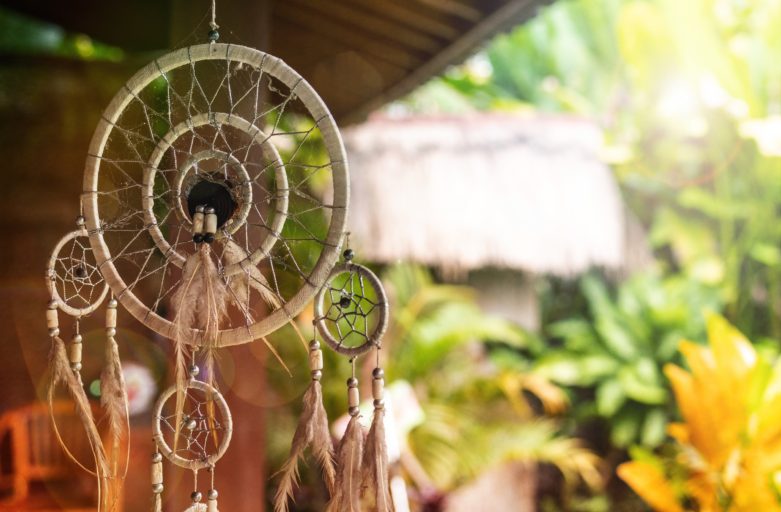As we know, the COVID-19 pandemic has wreaked havoc with the lives of citizens around the world, with many people greatly impacted. In particular, the tourism industry has been devastated, and of course this has exponentially affected Indigenous communities and tourism businesses.
Before the spread of COVID-19, global tourism provided a promising approach to sustainable development—a way for Indigenous communities to generate income, alleviate poverty, increase access to healthcare and education, and to conserve their cultural and natural resources. But the coronavirus has taken a terrible toll on Indigenous communities, underscoring the degree to which they continue to be marginalized, both economically and socially. With little lack access to basic necessities— including water, medical supplies and healthcare services—many communities have had to lock down to outsiders, so that tourism, for now, is not an option.
Mi’kmaq tourism operators have certainly experienced the impact of COVID-19. While we know we will ultimately rebound from this, recovery will be slow. The government of Canada is working with various entities to provide support to the tourism industry including Indigenous Cultural Tourism. Here is a sample of initiatives that Mi’kmaq Cultural Tourism businesses may be eligible for.
National Initiatives:
- ITAC Stimulus Grants – the Indigenous Tourism Association of Canada (ITAC) is continuing to provide relief to many Indigenous tourism operators across the country with its COVID-19 Development Stimulus Fund. ITAC is now Phase 5 of this financial assistance initiative and Indigenous tourism businesses are eligible for up to $25,000 in non-repayable contributions.
- CEWS Extension – the Canada Emergency Wage Subsidy (CEWS) is being extended through June 2021. Support will be available at a rate of 65% until December 19, 2020.
- CEBA Extension – the Canada Emergency Business Account (CEBA) is expanding existing funding for businesses by an additional $20,000, bringing total available funds up to $60,000 for Canadian businesses who require funds to cover expenses. Up to 50% of these additional funds are eligible for loan forgiveness.
- Changes to Rent Assistance – Canada Emergency Commercial Rent Assistance (CECRA) for small businesses provides relief for small businesses experiencing financial hardship due to COVID‑19 and is being changed to provide rent support directly to tenants instead of through commercial landlords. The program will flow through the Canada Revenue Agency (CRA). This will provide rent and mortgage support up to 65% available for hard hit businesses through June 2021. The maximum amount will be available to those experiencing income decreases of 70% or more.
- Regional Atlantic Funding – the Regional Relief and Recovery Fund(RRRF) provides working capital to finance the everyday operations of a business including, but not limited to, sales and marketing, product development, wages, and other activities. Eligible businesses and organizations in Atlantic Canada that require additional help to recover from the pandemic are encouraged to apply for the RRRF through ACOA or their local CBDC.
|
Many of the same thoughts and concerns that we have were shared during this international conversation. It was clear from participants that they too had the wellness and safety of their communities as their top priority. Some of the other discussions that were had were about how it will be critical to share up to date information for tourists regarding community health protocols and safety measures following the COVID-19 pandemic. COVID strategies and discussions also included ideas such as combining online marketing with cultural tourism (examples included a virtual tour of a traditional village and incorporating Elders storytelling with gift shop book sales) and the need for developing partnerships and accessing financing to help Indigenous tourism businesses to bridge the gap until tourism resumes.
Discussions were also focused on cultural components including how, in terms of Indigenous cultural experiences, the trend is towards having “slower experiences” such as retreats and immersion experiences. Tourists want to stay longer and immerse themselves in the community experience.
Another important aspect that was discussed was the protection of intellectual and cultural property. There was acknowledgement that different countries have different laws in place to protect Indigenous traditional knowledge and property, but enforcement is an ongoing challenge. Nations were encouraged to develop their own laws and this included things such as developing contracts, outlining behavioural expectations (for both tourists and community), creating signage for sacred places and ceremonies, and educating the local community as well. Elders expressed concerns that the sacredness of culture and ceremony was being eroded ie: youth posting sacred ceremonies on YouTube and selling traditional designs. Solutions included community mobilization and education to develop a community position on these types of things.
Overall, it was interesting to hear the stories from around the globe about different Indigenous cultural tourism initiatives and to hear about the successes and the challenges they face. Sometimes we forget about that common connection we have with our brothers and sisters around the world and these discussions were a reminder that we are not alone in our efforts to protect our stories and to share our culture in a way that is supported by our communities and Elders.
Stay tuned as we begin our community visits. We look forward to having conversations with you about the Mi’kmaw Authenticity Guidelines and hearing your feedback.
By: Shannon Monk, KMKNO

